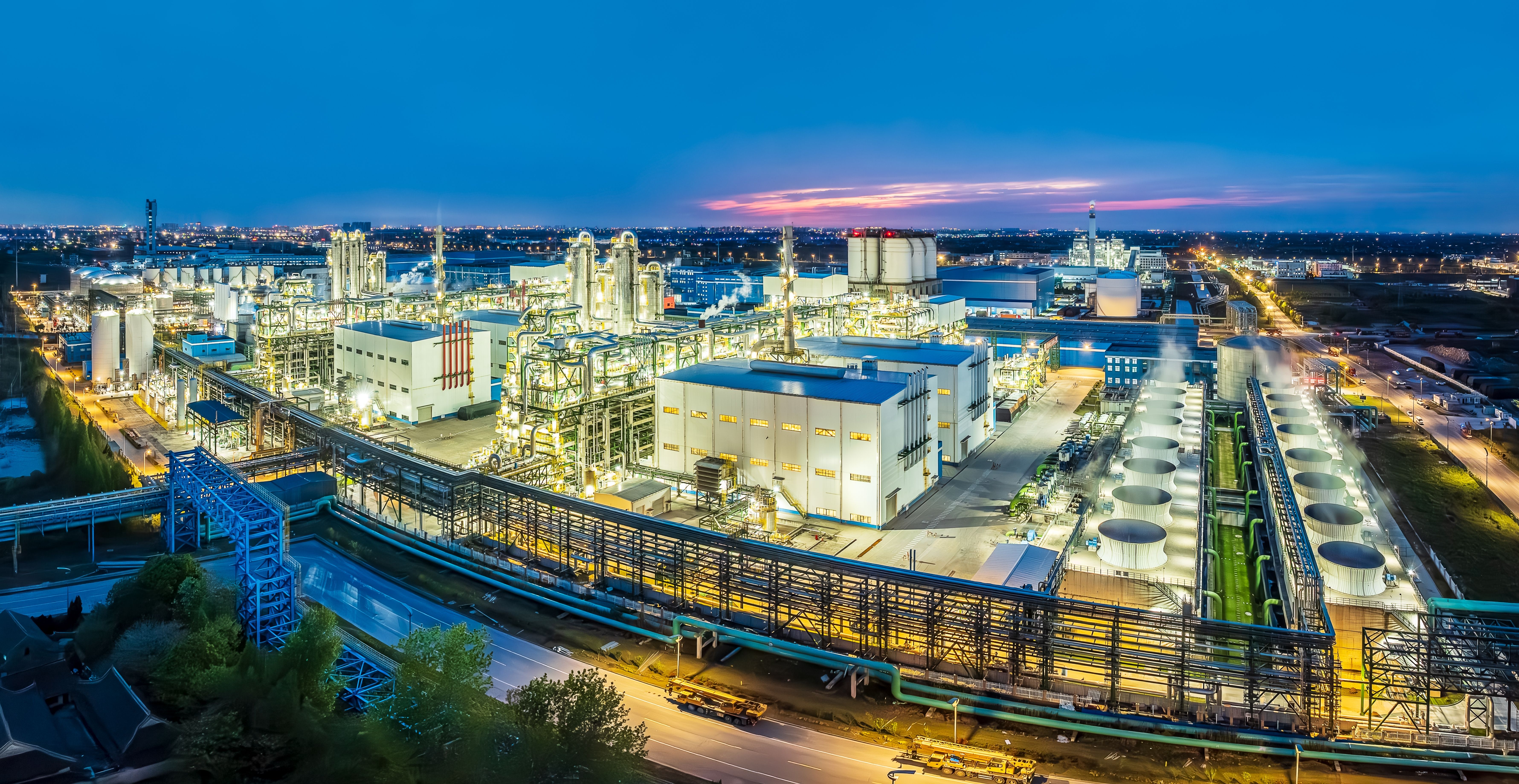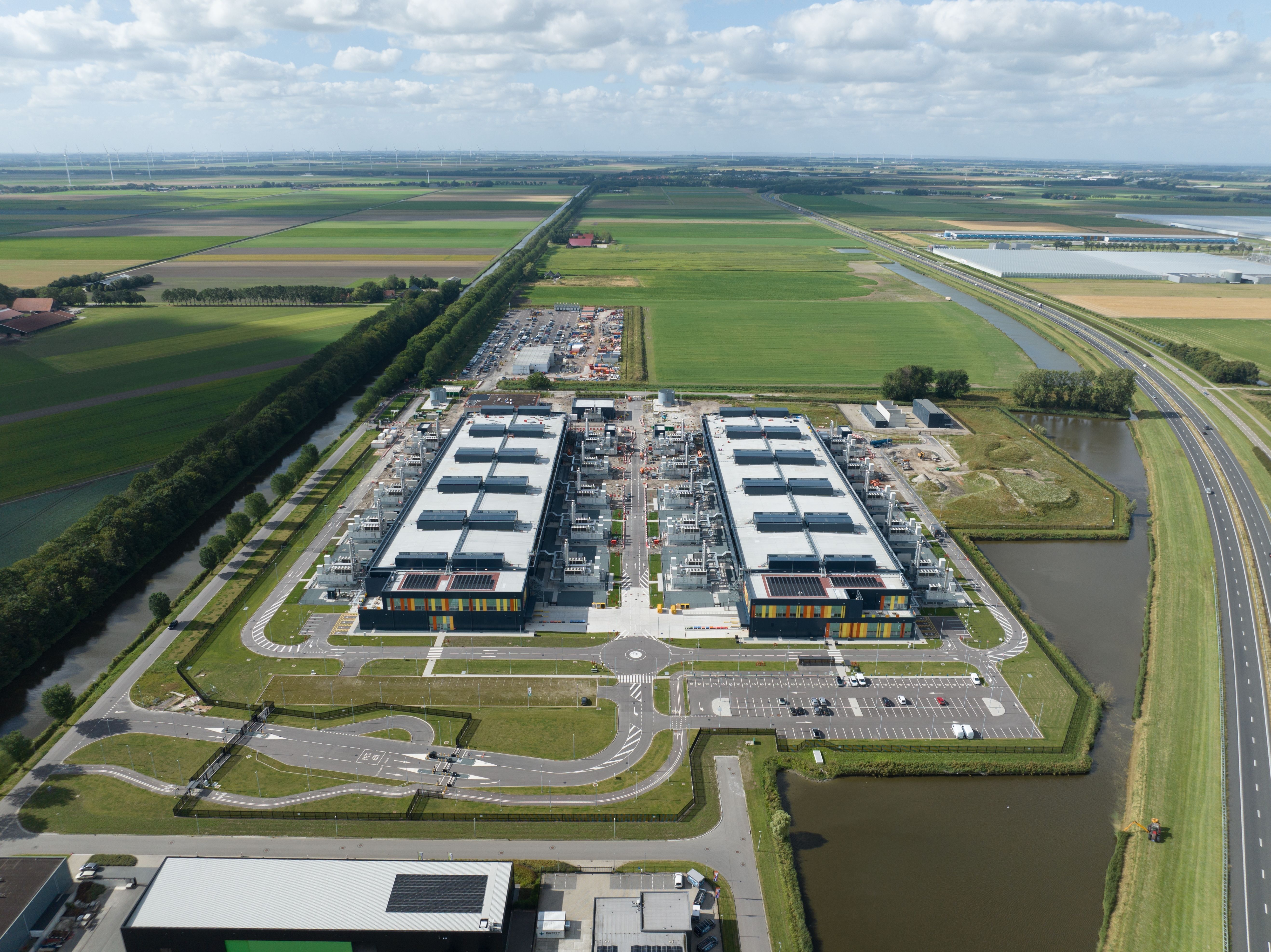An Interview with Stuart Lemmon, CEO of EcoAct, a wholly owned subsidiary of Schneider Electric
What are the biggest challenges in scaling electrification and other decarbonisation technologies across hard-to-abate sectors, and how is Schneider Electric working to overcome them?
Hard-to-abate sectors face a complexity of challenges that need to be addressed to scale electrification and decarbonisation. These sectors must contend with high energy requirements, technological barriers, significant capital expenditure, evolving regulatory frameworks, and complex supply chains.
Schneider Electric guides organisations from strategy to implementation through three integrated pillars:
- Strategize: This involves the assessment of science-based targets, developing a climate strategy with internal stakeholders and supply chain partners, creating decarbonisation and compliance roadmaps (both near term and long term), and establishing an emissions baseline.
- Digitise: With goals in place, organisations leverage proven digital solutions across their enterprise and site-level operations to actively monitor and identify energy reduction measures and cost-saving opportunities within the business and across supplier networks. Digitisation allows organisations to monitor resource usage and emissions, and report benchmarks, in accordance with regulatory and policy frameworks.
- Decarbonise: Convert plans into action by working across an entire asset portfolio to implement renewable sourcing, fuel-switching, electrification, and efficiency solutions. Identify specific assets for transformation to net-zero and efficient sites. Understand when and how to scale impact with supply chain decarbonisation programs, as well as explore innovative circular business models and product decarbonisation levers that result in a long-term Scope 3 decarbonisation program.
Schneider Electric is walking the talk: we’ve implemented these practices in our own business. Also, through initiatives like our Zero Carbon Project, we’re decarbonising our supply chain by working with our top 1,000 suppliers to help reduce their Scope 1 & 2 emissions. Our aim is to reduce operational carbon emissions in our supply chain by 50% this year.

Given the importance of public-private partnerships in driving decarbonisation, what role do you see governments playing in accelerating industrial decarbonisation, and how can companies work more effectively with policymakers?
Public and private sector collaboration is key to speeding up industrial decarbonisation by combining their strengths to tackle a common global issue. Governments have a critical role in creating policies and offering financial incentives like tax credits to promote clean energy use and investment in essential infrastructure like renewable energy sources and carbon capture technologies. Governments must strengthen their commitments to transitioning from fossil fuels to renewables while shifting greater focus to the demand side of energy. Currently, most attention centres on supply, but demand-side management represents approximately 50% of our energy challenge solution. This requires targeted incentives that encourage both individuals and businesses to improve energy efficiency.
The challenge is particularly acute in hard-to-abate sectors where capital investments are characterised by decade-long commitment periods. Take cement manufacturing, for instance - when a company invests in a new production facility, they're locking in those technological choices for at least 15 years. This creates a fundamental misalignment between business investment timelines and policy cycles. What's needed is a stable, predictable policy framework that provides businesses with the confidence to make transformative investments in low-carbon technologies. Without this certainty, many businesses will default to safer, conventional investments rather than pioneering decarbonisation solutions. Effective government partnerships must therefore focus on long-term regulatory roadmaps and transition mechanisms that protect early movers.
Retrofitting existing buildings is particularly critical - considering that around 50% of buildings that will exist in 2050 are already built today, this area needs specific policy attention and incentives. At Schneider Electric, we've demonstrated the effectiveness of this approach with our Technopole building in Grenoble, France. This retrofitted facility now consumes only 43 kWh per sqm annually, saves €92,000 in annual energy costs, has achieved net-zero carbon operation, and is one of the first buildings in France to receive LEED Platinum certification. Such success stories illustrate what’s possible when targeted policy frameworks align with private sector innovation and commitment to accelerating climate action.
One of the key hurdles in industrial decarbonisation is integrating emerging technologies across complex supply chains. What strategies or best practices can be implemented to ensure a seamless transition to low-carbon operations within supply chain?
A major challenge in industrial decarbonisation is integrating new technologies across intricate supply chains. This requires strategic planning that combines innovation, teamwork, and efficiency. Key strategies include adopting a holistic view, engaging all stakeholders, using digital tools for transparency, piloting new technologies, standardising emissions metrics, incentivising sustainable practices, incorporating circular economy concepts, and investing in training for low-carbon operations. These approaches help navigate the complexities of reducing carbon emissions and present an opportunity to boost resilience and market competitiveness.
Industry collaboration is also critical. Schneider Electric has developed cohort programs to facilitate the decarbonisation of value chains. For example, the Materialize program assists mining, mineral, and metal companies in educating and empowering their supply chain partners to decarbonise operations, thereby contributing positively to net-zero targets for both themselves, and the companies they supply.
Many industries hesitate to adopt new decarbonisation solutions due to concerns about costs and return on investment. How does Schneider Electric support industrial players in making the business case for investing in decarbonisation technologies?
At Schneider Electric, we understand the challenges industries face when evaluating decarbonisation investments, particularly concerns around costs and return on investment. To address these challenges, we focus on demonstrating tangible financial and operational benefits of low-carbon technologies while offering tailored solutions for each organisation.
Our approach begins with data-driven insights. Through advanced energy management and sustainability software like EcoStruxure™, we help businesses analyse energy use, identify inefficiencies, and model the impact of potential decarbonisation initiatives. This creates clarity about improvement opportunities, potential savings, and expected returns over time.
We emphasise both immediate cost savings and long-term resilience benefits. Energy-efficient systems reduce operating expenses, while investments in renewable energy and electrification protect businesses from future risks such as volatile fossil fuel prices and regulatory changes. We also work with clients to develop and implement internal carbon pricing mechanisms that truly reflect carbon reductions in the investment case for longer-term decisions. These mechanisms help organisations quantify climate-related risks and opportunities within their financial planning processes, making decarbonisation investments more competitive against traditional carbon-intensive alternatives. By connecting sustainability goals with measurable financial outcomes, we help create clear win-win business cases for industrial transformation.
Schneider Electric offers flexible financing models and strategic partnerships to reduce upfront costs. Energy-as-a-service options allow businesses to upgrade systems without heavy capital investment. Combined with our expert guidance and global track record of successful implementations, we empower organisations to transition to low-carbon technologies with confidence.
Ultimately, our role extends beyond technology provision to partnership in driving meaningful change. By aligning decarbonisation with profitability and long-term competitiveness, Schneider Electric helps businesses adopt solutions that are both sustainable and economically viable.

As we look ahead, what emerging electrification or energy efficiency technologies do you believe hold the most promise for decarbonising hard-to-abate industries?
Innovative electrification and energy efficiency technologies are revolutionising fossil fuel-dependent industries. High-temperature heat pumps and green hydrogen offer viable paths to drastically reduce emissions in sectors like chemical production, cement making, and steel manufacturing. These technologies leverage renewable energy to replace traditional fossil fuel systems, enhancing efficiency while lowering emissions. Digital energy management tools further optimise energy use and reduce operational waste, amplifying both environmental and economic benefits.
The transition to net-zero relies on several emerging technologies. Long-duration energy storage systems are evolving from frequent daily dispatches to providing extended support, particularly in markets with high renewable penetration. Nuclear energy is experiencing renewed interest, especially for data centre demands, with promising developments in small modular reactors. However, these technologies face significant cost challenges and lengthy regulatory approval processes.
As electrification expands across sectors, demand-side flexibility is becoming increasingly important. Rather than passively receiving supply, demand now plays an active role in balancing the power grid. Electrolysers could transform this landscape, but the current market struggles with securing hydrogen off-take agreements, creating a significant bottleneck.
Grid investments remain essential for accommodating the projected growth in renewables. Historically, transmission and distribution investments have not kept pace with net-zero requirements. Consequently, solar and storage technologies, alongside microgrid solutions, will likely play a more substantial role in meeting future energy demands. The evolving regulatory environment for grid connections and infrastructure development will ultimately shape our future energy mix.

Stuart Lemmon, CEO, EcoAct, a wholly owned subsidiary of Schneider Electric


